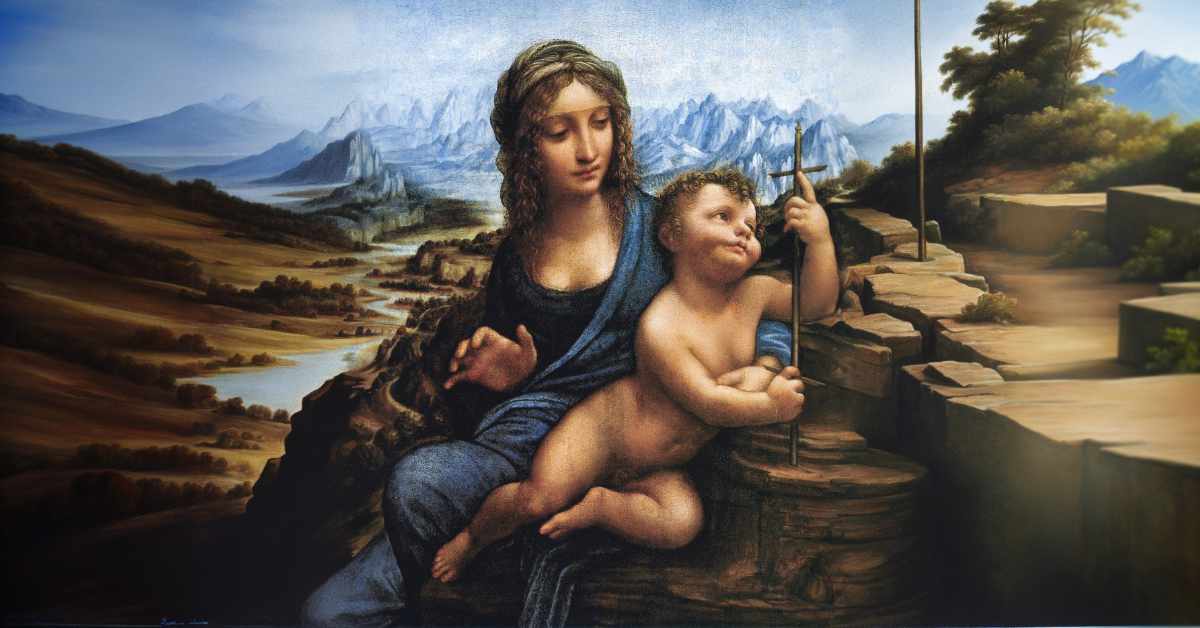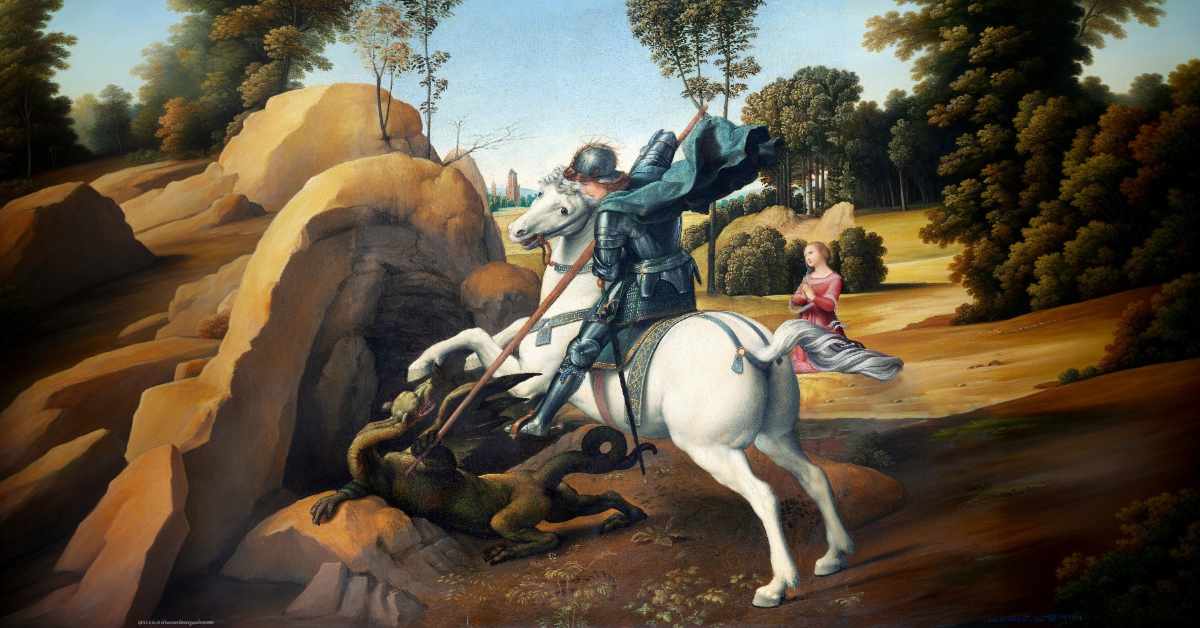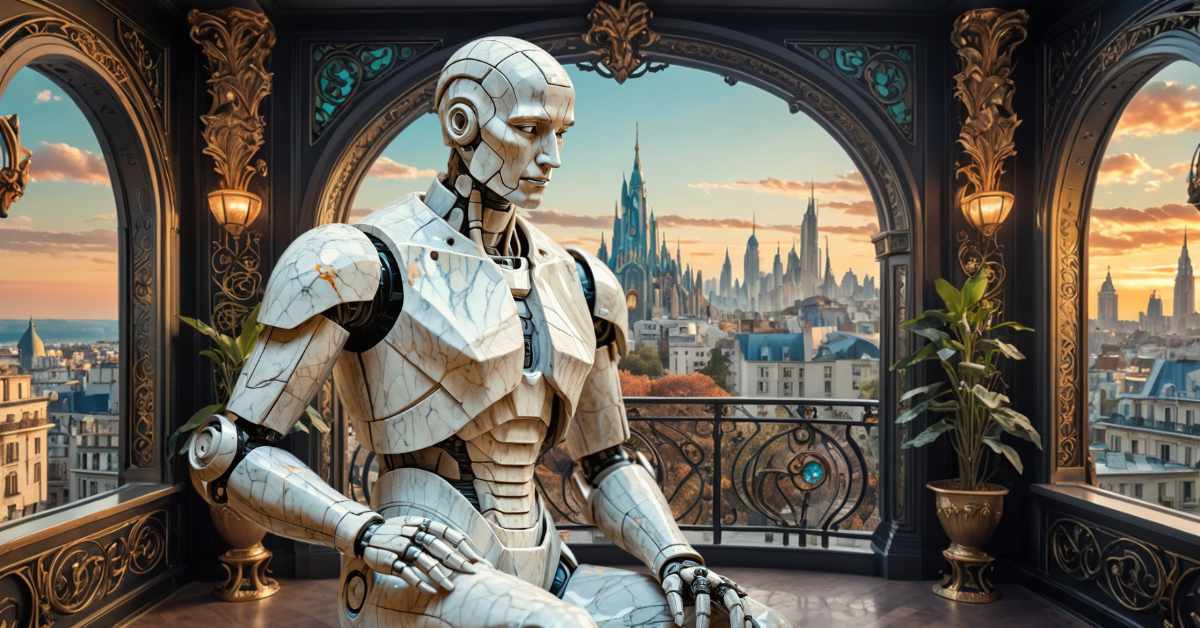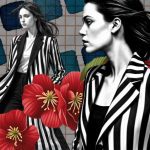Embracing the Renaissance: A Timeless Influence on Modern Art and Design

The Renaissance, a time of remarkable creativity and innovation, continues to leave its mark on the art and design world today. Let’s dive into the fascinating history of the Renaissance and explore how its legacy shapes contemporary art and design.
A Brief History of the Renaissance
The Renaissance, spanning roughly from the 14th to the 17th century, was a cultural movement that began in Italy and spread across Europe. This era marked a revival of classical learning and wisdom, inspired by the art and literature of ancient Greece and Rome. Artists like Leonardo da Vinci, Michelangelo, and Raphael pushed the boundaries of creativity, introducing techniques and concepts that transformed art forever.
The Lasting Influence on Modern Art

Realism and the Human Form: Renaissance artists were pioneers in capturing the human form with unparalleled realism. They studied anatomy, experimented with light and shadow, and perfected the use of perspective to create lifelike images. Modern artists continue to draw inspiration from these techniques, striving to portray the human experience with similar depth and authenticity.
Classical Motifs and Themes: The Renaissance saw a resurgence of classical themes and motifs, which are still prevalent in modern art. Whether it’s through the use of mythological subjects or architectural elements, the influence of the Renaissance can be seen in various contemporary works, blending the old with the new in a harmonious way.
The Artist’s Role in Society: Renaissance artists elevated the status of the artist, emphasizing individuality and self-expression. Today, artists and designers continue this tradition, using their work to convey personal messages and evoke emotional responses from their audience.
The Renaissance and Graphic Design: The Renaissance wasn’t just about painting and sculpture; it also revolutionized design. The period’s renewed interest in classical art led to the development of innovative typography and lettering styles. The use of perspective in art from this era also influenced graphic design, helping designers create more dynamic and visually appealing compositions.
Similarities Between Renaissance and Modern Art: Despite the centuries that separate them, Renaissance and modern art share several core principles. Both periods emphasize perspective and focus on specific objects or subjects. This continuity shows that the foundational ideas of art have remained relevant, continually inspiring new generations of artists.
How Art Has Evolved Since the Renaissance

While the Renaissance laid the groundwork, art has evolved to become more personal and introspective. Modern artists often infuse their work with their own voices and experiences, creating pieces that resonate on an individual level. This shift towards personal expression contrasts with the Renaissance’s broader focus on classical ideals and collective human experience.
Exploring the Renaissance in Your Own Work
For artists and designers looking to incorporate Renaissance influences into their projects, consider the following tips:
- Study the Masters: Spend time analyzing works by Leonardo da Vinci, Michelangelo, and other Renaissance greats. Pay attention to their use of light, shadow, and perspective.
- Experiment with Realism: Try your hand at creating lifelike images, focusing on the details that bring a subject to life.
- Incorporate Classical Elements: Use motifs and themes from ancient Greece and Rome to add a timeless quality to your work.
- Embrace Individuality: Like Renaissance artists, don’t be afraid to let your unique perspective shine through in your art.
Bridging Past and Present in Art and Design
The Renaissance was a period of unparalleled artistic achievement, and its influence remains a powerful force in today’s art and design world. By understanding and embracing this rich heritage, contemporary artists and designers can continue to innovate and inspire, bridging the past with the present in beautiful and unexpected ways.






0 Comments